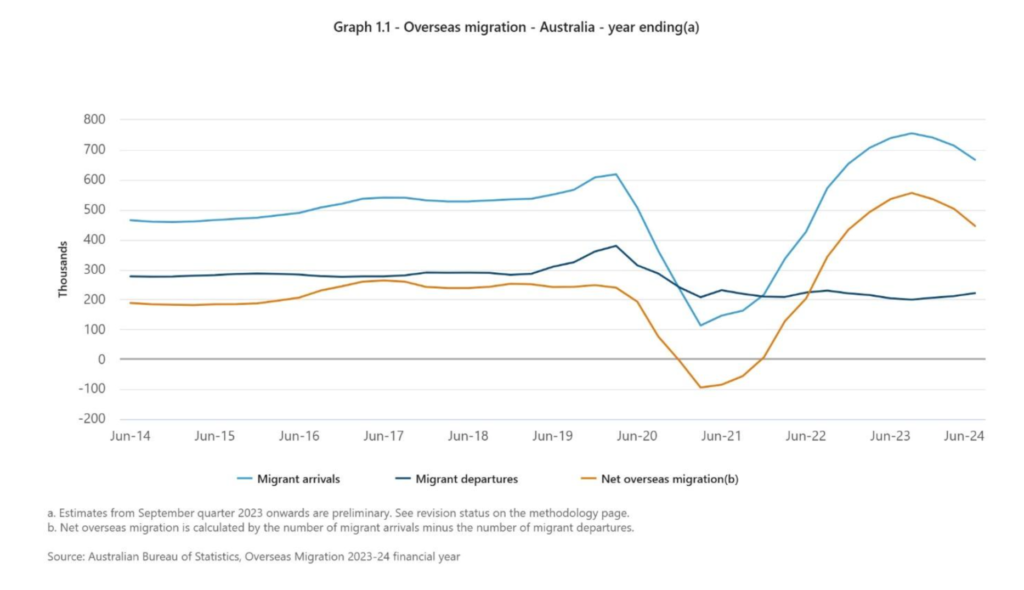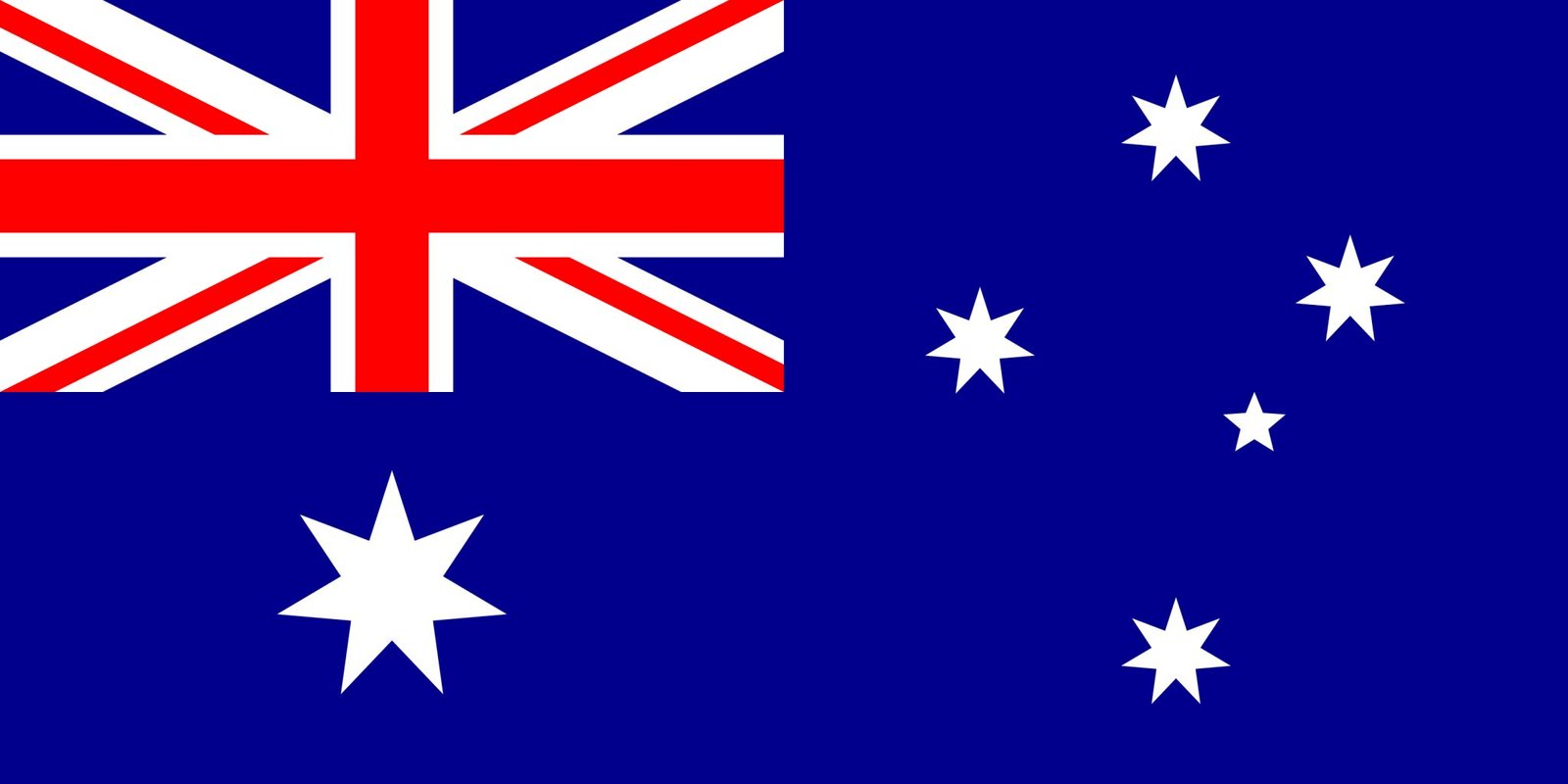Migration patterns are dynamic and influenced by various socio-economic, political, and environmental factors. This document examines recent migration trends in Australia, comparing them with the United States, Canada, the United Kingdom, and Dubai. It also explores Australia’s emergence as a favoured destination for migrants.
Australia’s Migration Landscape
Australia has a rich history of immigration, significantly shaping its demographic and cultural landscape. As of 2023-24, net overseas migration was 446,000, a decrease from 536,000 in the previous year. Migrant arrivals stood at 667,000, with temporary students comprising the largest group at 207,000. Migrant departures increased by 8% to 221,000 during the same period (Source: Australian Bureau of Statistics)

The United Kingdom remains a significant source of migrants to Australia. Recent reports highlight a substantial influx of UK nationals, with over 1.2 million Brits now residing in Australia. Factors such as better weather, an outdoor lifestyle, and a favourable work-life balance are key drivers for this trend (Source: news.com.au article)
Comparative Migration Trends
- United States: The U.S. has a long-standing history as a prime destination for immigrants, with a foreign-born population of 31.1 million in 2000, representing 11% of the total population. The majority of immigrants originate from the Americas, particularly Mexico, followed by significant numbers from Asia (Source: Migration Policy Institute)
- Canada: In 2001, Canada had 5.6 million foreign-born residents, accounting for 19% of its total population. The immigrant population is diverse, with significant numbers from Europe and Asia. Canada is also noted for its high percentage of immigrants from Africa compared to Australia and the United States.
- United Kingdom: The UK has experienced varied migration patterns, with significant inflows from Europe, Asia, and Africa. However, recent trends indicate a notable number of UK nationals emigrating to countries like Australia, seeking improved quality of life and employment opportunities.
- Dubai: As a major city in the United Arab Emirates, Dubai has become a hub for expatriates, particularly from South Asia, Europe, and other Middle Eastern countries. The city’s rapid development, tax-free income, and strategic location have attracted a diverse migrant population. However, Dubai’s migration policies are primarily employment-based, with limited pathways to permanent residency or citizenship.
Australia’s Emergence as a Preferred Destination
Several factors contribute to Australia’s growing appeal among migrants:
- Quality of Life: Australia offers a high standard of living, with cities like Sydney, Melbourne, and Canberra ranking among the top 50 cities for expatriates.
- Economic Opportunities: The robust job market, especially in sectors like healthcare, technology, and hospitality, attracts skilled workers. Companies actively recruit from countries like the UK to fill labour shortages.
- Education: Australia remains a top destination for international students, with numbers recovering after a decline during the COVID-19 pandemic. (Source, World Migration Report, IOM, UN Migration)
- Cultural Diversity: With 30% of residents born overseas, Australia’s multicultural society is a significant draw for migrants seeking an inclusive environment.
- Political Stability: Australia’s stable political climate and favourable public services, including healthcare and education, enhance its attractiveness as a migration destination.
- Conclusion: Australia’s strategic policies, economic prospects, and quality of life have positioned it as a leading destination for migrants. While traditional migration powerhouses like the United States and Canada continue to attract significant numbers, Australia’s unique offerings make it increasingly favoured among those seeking new opportunities and a better quality of life.



